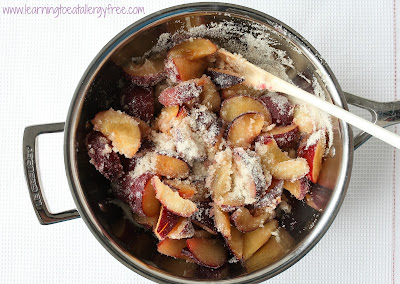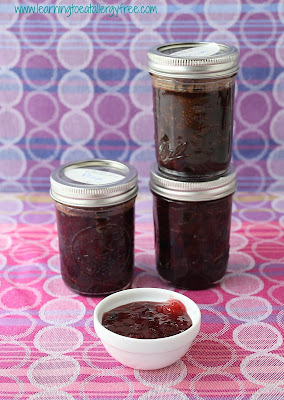I’m not a history buff in any way, shape, or form. I honestly don’t remember a thing from any history classes I may have taken (sometimes I think I may not have taken any, but that’s surely not true). So when I was asked if I’d like the review
Another Person's Poison: A History of Food Allergy,
I was tempted to pass. But the title of the book really caught my attention, and it was about food allergies, so I was intrigued.
Disclaimer:
I received a complimentary copy for review.
The first question I was tempted to ask was, “Does food allergy truly have a history?” and it turns out it does. The book starts with accounts as early as the 1700’s where adverse reactions to food were described. Some of these sound like things we would today call food allergies, or dermatitis, or even celiac disease.
The history of food allergy goes way back, but I was surprised to learn how new the study of food allergy truly is. Throughout the text we learn about how the terms “food allergy,” “anaphylaxis,” and “IgE” came about – and how their use evolved over time. This is an extremely well researched book. There are close to 100 pages (nearly a third of the book) of notes and references.
I was most surprised about how Matthew Smith connected food allergy to mental illness – a parallel he uses throughout the text. While he isn’t describing food allergy as a mental illness (he is quite careful not to) he does describe how adverse reactions to food were perceived as mental illness. It’s all in your head. Who with food allergies or managing food allergies hasn’t felt a little bit crazy at times? And who among us hasn’t been looked at as if we’d lost our heads when describing food restrictions. Yeah, I get the connection.
I was surprised to learn that there were people calling for complete, factual ingredients labels as early as the 1970’s. And yet, the FALCPA wasn’t passed until 2004. Progress, or tragedy?
On the plus side, I was pleased to see Smith call out the role parents have played in driving change and awareness when it comes to food allergy.
On the downside, there is little discussion of recent history. There is no mention of KFA, AAFA, or other more recent non-profits that focus on food allergy. There is limited discussion of the links between allergic diseases. There is limited discussion of any research beyond the early 2000’s. There is limited discussion of specific foods or multiple allergies (although the chapter on peanut allergy is extensive).
As expected, the conclusion is also limited. There is no answer as to why food allergies have increased or even what caused them in the first place. There are no new revelations here. The essence of Matthew Smith’s conclusion is – as he states in the final paragraph – “Food allergy, much like mental illness, is a perplexing, alarming, and deeply personal condition.”
Is this book a must-read for those managing food allergies? I think not. It’s interesting – perhaps some might even say fascinating – to learn about the evolution of food allergies and how they have been perceived over time, but you will find nothing here to help you manage food allergies, feed your family, or even avoid food allergens. I think that those in the medical profession will be most interested to read this text.
A note: You may notice on amazon that the book contains a second sub-title, Arts and Traditions of the Table: Perspectives on Culinary History. I believe that was dropped from the final title and I'm glad it was -- there is absolutely no culinary history covered.




